
Mark works at the Australian Nuclear Science and Technology Organisation (ANSTO) as a reactor heat-transfer specialist and is the president of the Australian Nuclear Association www.nuclearaustralia.org.

Showing 1801 - 1820 of 2115 results

Mark works at the Australian Nuclear Science and Technology Organisation (ANSTO) as a reactor heat-transfer specialist and is the president of the Australian Nuclear Association www.nuclearaustralia.org.

Dr Santosh Panjikar is a beamline scientist at the MX beamlines of the ANSTO, Australian Synchrotron. A large part of his scientific role involves assisting scientists from the crystallography user commun

Role at ANSTO

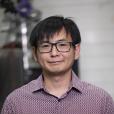
Role at ANSTO
The release of the Oppenheimer film, the story of the director of the Manhattan Project, has prompted many people to go online and search for an explanation of the difference between fission and fusion, two fundamental scientific concepts.
Snapshots of an unprecedented double element-hydrogen bond activation at a transition metal centre.

Investigations of various aspects of magnetism can be conducted on all neutron-scattering instruments at OPAL.
Young physicist in training to become a surrogate inspector for Comprehensive Nuclear Test Ban Treaty Organisation.
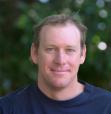
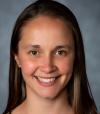
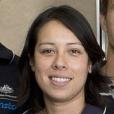
Faisal studied Electrical engineering at the University of Queensland and started their career in a role that specialised in integration of control systems in factories, large-scale rock crushing machinery, and marine luxury yachts.
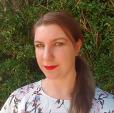
Role at ANSTO
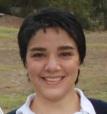

Dr Michelle Jones-Lennon leads the delivery of the Capital Portfolio for the Nuclear Science & Technology group across both Lucas Heights and Clayton campuses of ANSTO. She is also the Program Director for the BRIGHT Pr